Smoke Alarm
₨ 1,650
Description
Smoke Alarm
Introduction
These alarms are critical safety devices that can alert people to the presence of a fire, giving them time to evacuate safely. They are designed to detect smoke particles in the air and sound an alarm when smoke is detected. Smoke alarms are an essential part of fire safety, and they are required by law in most countries.
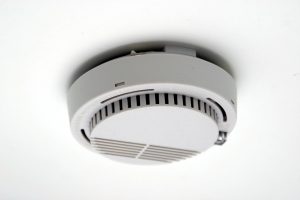
Types of Smoke Alarms
There are two main types of smoke alarms: ionization and photoelectric. Ionization smoke alarms use a small amount of radioactive material to ionize the air inside the smoke detector. When smoke enters the detector, it disrupts the ionization process, triggering the alarm. Photoelectric smoke alarms use a beam of light that is interrupted by smoke particles, triggering the alarm.
In addition to these types, there are also combination smoke alarms that use both ionization and photoelectric sensors to provide dual protection. These are considered to be the best type of smoke alarm, as they can detect both smoldering fires and fires with flames.
There are also different power sources for smoke alarms, including battery-powered, hardwired, and interconnected smoke alarms. Battery-powered smoke alarms are easy to install and operate on batteries, making them ideal for areas without electrical wiring. Hardwired smoke alarms are connected to the electrical system of the building and have a backup battery in case of a power outage. Interconnected smoke alarms are connected to each other through wires or wireless technology, so if one alarm detects smoke, all the alarms in the building will sound.

Features of Smoke Alarms
In addition to the basic smoke detection function, there are many features available in smoke alarms that can increase their effectiveness. Some smoke alarms have a built-in carbon monoxide detector, which can detect the presence of this toxic gas and sound an alarm. Other smoke alarms have a strobe light or vibrating alarm, which can alert people with hearing impairments. There are also smart smoke alarms that can connect to Wi-Fi and send alerts to a smartphone in the event of a fire.
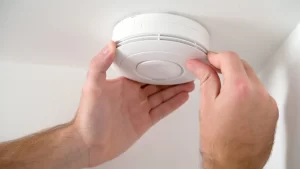
Installation and Maintenance
Proper installation and maintenance of smoke alarms are crucial to their effectiveness. Smoke alarms should be installed on every level of a building, including the basement and in every bedroom. They should be mounted on the ceiling or high on the wall, away from corners and vents where air flow can disrupt their operation.
Smoke alarms should be tested once a month to ensure they are working properly. Batteries should be replaced at least once a year, and the entire smoke alarm should be replaced every 10 years. Smoke alarms should also be cleaned regularly to remove dust and debris that can interfere with their operation.
In addition to regular maintenance, there are also steps people can take to reduce the risk of fires in their homes. These include keeping flammable materials away from heat sources, never leaving cooking food unattended, and avoiding smoking indoors.
Conclusion
Smoke alarms are an essential safety device that can save lives in the event of a fire. By understanding the different types available, their features, and how to properly install and maintain them, people can ensure they have the best protection possible. With proper care and attention, smoke alarms can provide peace of mind and help keep people and property safe from the dangers of fire.
In recent years, smoke alarms have become more sophisticated and advanced. Many newer models include features such as voice alerts, wireless interconnectivity, and even the ability to detect different types of smoke. For example, some smoke alarms can detect the difference between smoke from cooking and smoke from a fire, reducing the likelihood of false alarms.
Additionally, many smart smoke alarms can be integrated with home automation systems, allowing users to control them remotely and receive alerts on their smartphones or other devices. Some smart smoke alarms can even be integrated with other smart home devices, such as smart thermostats or lighting, to provide a comprehensive home automation system.
Despite these advancements, it is important to note that smoke alarms are only effective if they are properly installed, maintained, and tested regularly. In fact, studies have shown that many home fire fatalities occur in homes where smoke alarms are either absent or not functioning properly.
Therefore, it is critical for homeowners and building managers to take smoke alarms seriously and ensure that they are properly installed and maintained. This may involve regularly testing the alarms, replacing batteries or the entire alarm when necessary, and keeping them clean and free from dust and debris.
It is also important to note that smoke alarms are just one component of an overall fire safety plan. Other important elements may include having a fire extinguisher on hand, establishing a fire escape plan, and practicing fire drills with family members or employees. By taking a comprehensive approach to fire safety, individuals and businesses can help protect themselves and their property from the devastating effects of fires.
In conclusion, smoke alarms are a crucial safety device that can help save lives in the event of a fire. By understanding their different types, features, and proper installation and maintenance, individuals can ensure they have the best possible protection. And with the continued advancements in technology and the growing popularity of smart home devices, smoke alarms are poised to become even more advanced and effective in the years to come.
Another important aspect of smoke alarms is their placement within a building or home. Smoke alarms should be installed on every level of a building, including the basement and attic. They should also be installed outside of each bedroom or sleeping area, as well as in the hallway or common areas outside of these areas. This ensures that if a fire starts in one area of the building, the alarm will be able to wake up occupants in other areas.
It is also important to choose the right type of smoke alarm for the specific needs of a building. For example, some smoke alarms are designed for use in kitchens, where smoke from cooking can often trigger false alarms in traditional smoke alarms. These kitchen-specific alarms are able to distinguish between cooking smoke and smoke from a fire, preventing unnecessary alarms.
In addition to traditional smoke alarms, there are also specialized smoke alarms designed for use in specific environments or situations. For example, there are smoke alarms designed for use in garages or other areas where there may be high levels of dust or fumes, as well as smoke alarms designed for use in areas with high humidity or moisture levels, such as bathrooms.
When selecting a smoke alarm, it is important to consider the specific needs and requirements of the building or home. Consulting with a professional fire safety expert or installer can help ensure that the right type and number of smoke alarms are installed for optimal protection.
It is also worth noting that some smoke alarms come with additional features or capabilities, such as the ability to detect carbon monoxide or other dangerous gases. These multi-sensor alarms can provide even greater protection and peace of mind for occupants.
In summary, smoke alarms are a critical component of fire safety and should be installed and maintained properly in all buildings and homes. Understanding the different types and features of smoke alarms can help ensure the best possible protection for occupants and property. And with the continued advancements in technology and design, smoke alarms are becoming even more effective and sophisticated, providing enhanced protection and peace of mind for all.
Follow Our Facebook Page: www.facebook.com/rahatsafety
Follow us on Instagram: www.instagram.com/rahatsafetysolution
Other Products: rahatsafety.com.pk/shop

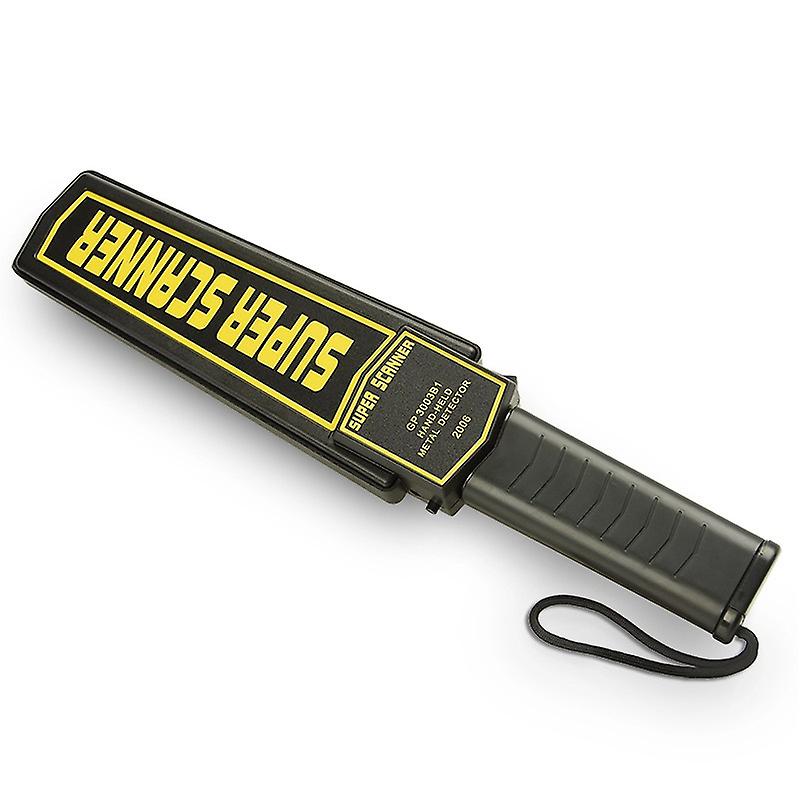
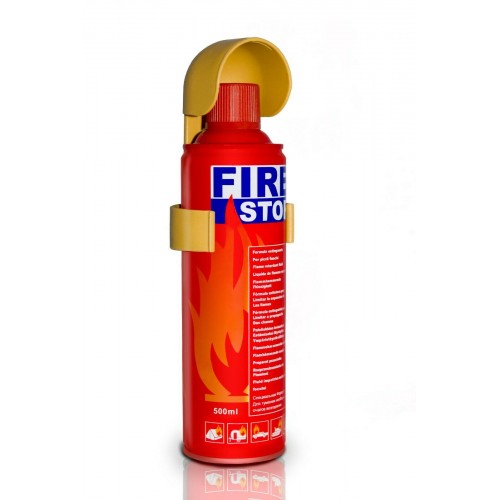
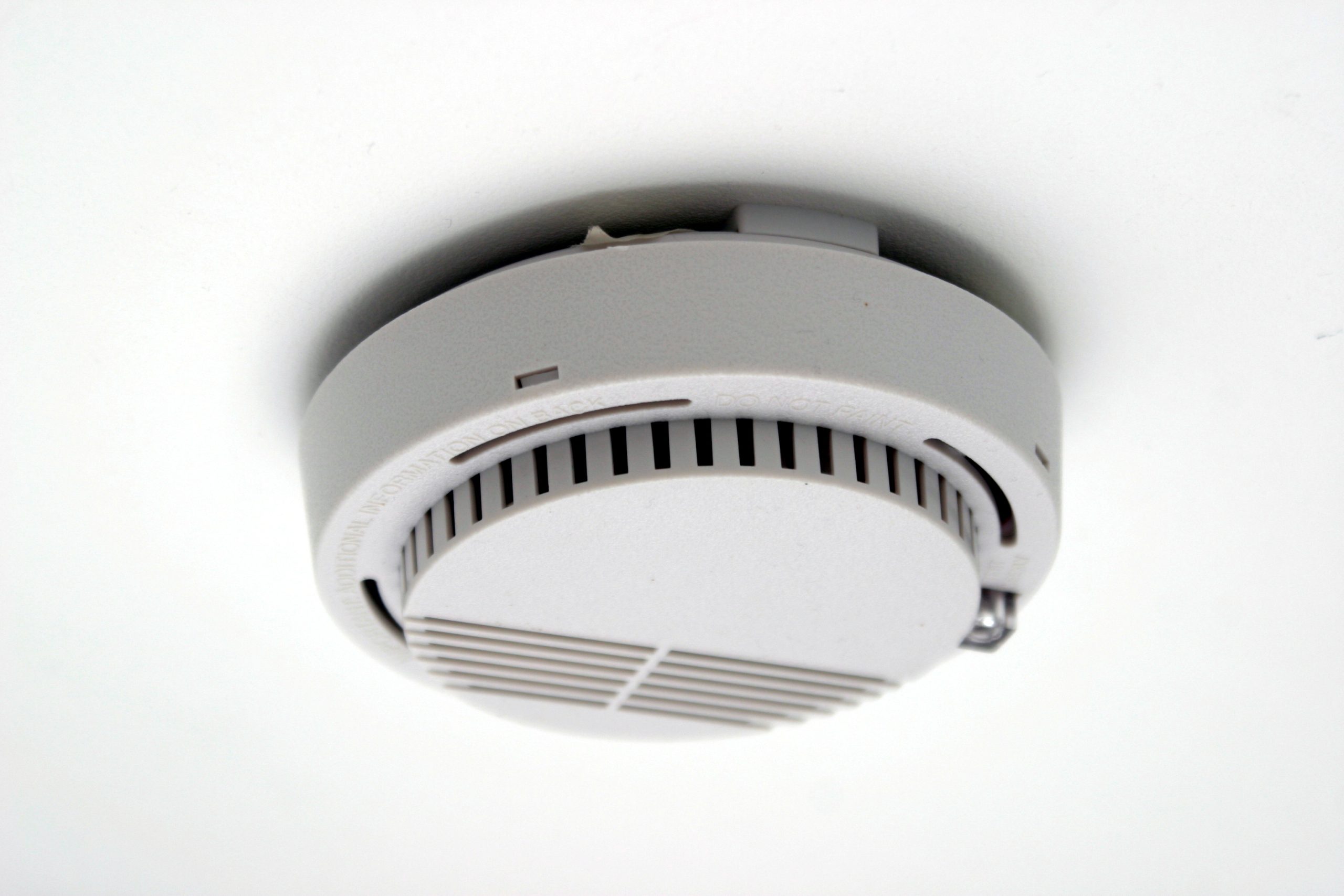
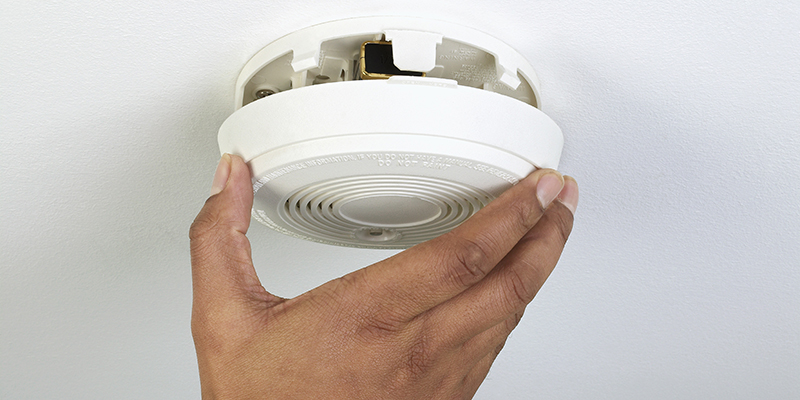
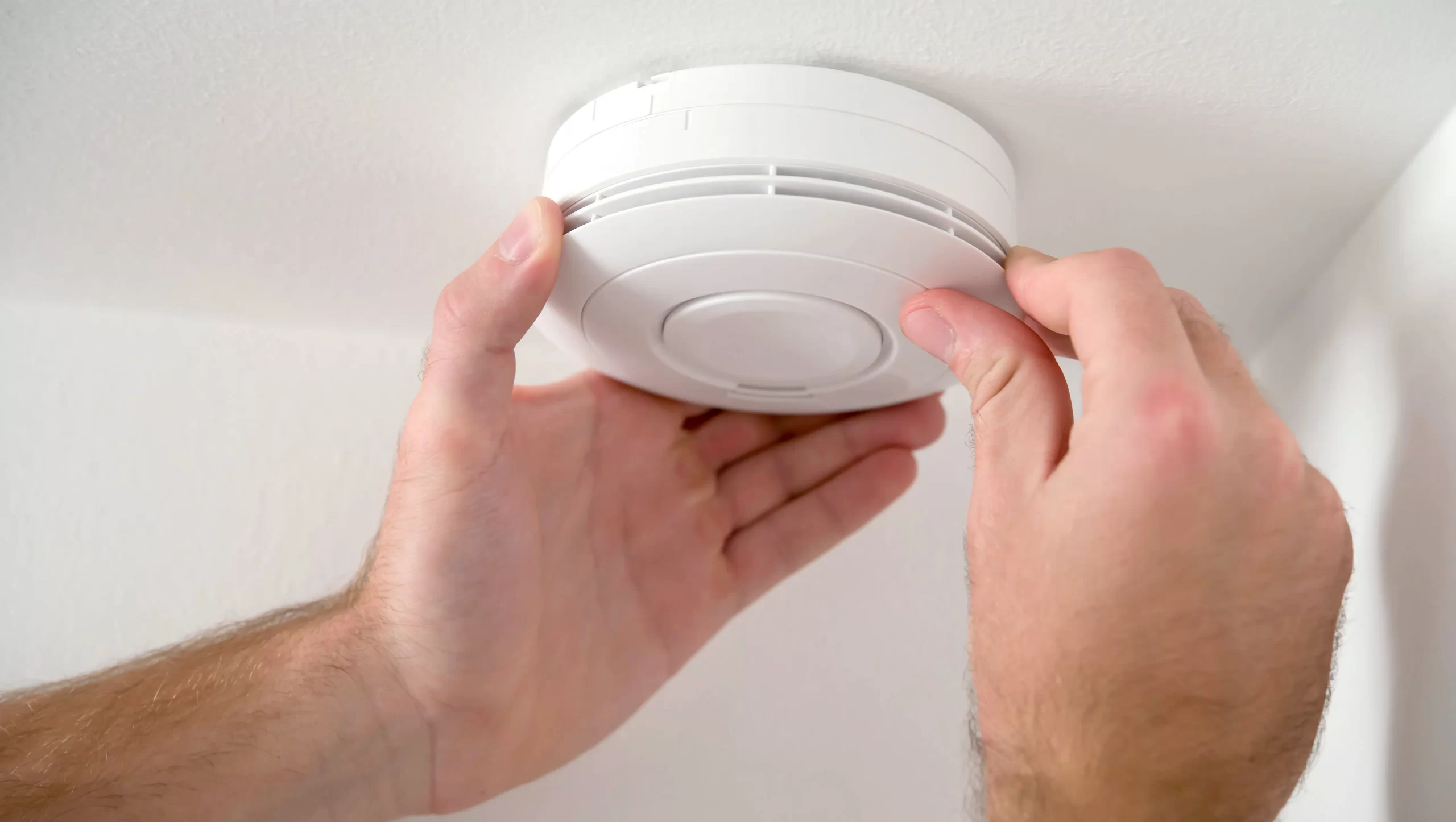
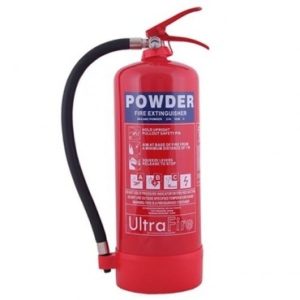
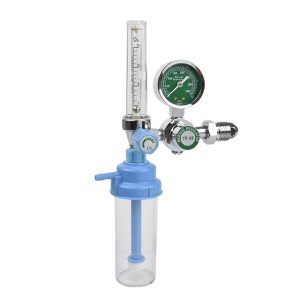
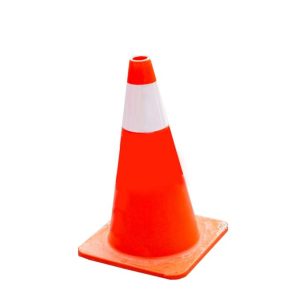
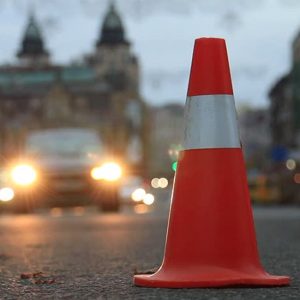

Reviews
There are no reviews yet.